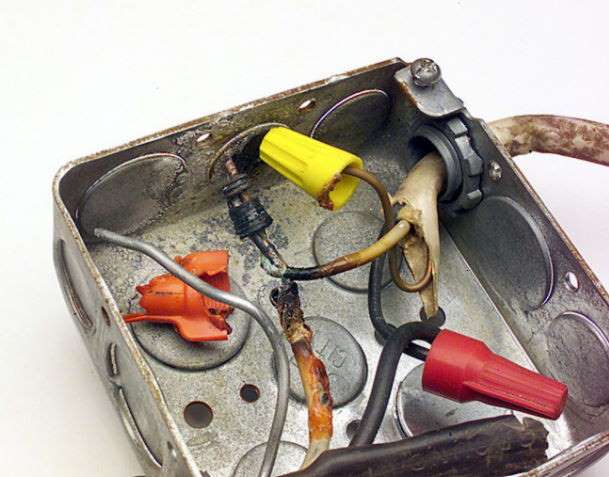In the realm of technological mysteries, one peculiar phenomenon has been leaving Windows 7 users puzzled: the enigmatic dance of their monitors, flickering on and off without warning. Delving into this perplexing occurrence, we explore the potential causes and solutions for this confounding conundrum.
Troubleshooting Monitor Issues on Windows 7
If your Windows 7 monitor is randomly turning on and off, there are a few troubleshooting steps you can take to fix the issue.
First, check all the connections between your computer and the monitor. Make sure they are securely plugged in and not loose.
Next, check your power settings. Click on the Start menu and go to Control Panel. In the Control Panel, click on Power Options. Make sure your power plan is set to High Performance and that your monitor is not set to enter power save mode too quickly.
If you are using a laptop, check your screen saver settings. Right-click on your desktop and select Personalize. In the Personalization window, click on Screen Saver and make sure it is set to None or a screen saver that doesn’t cause the monitor to turn off.
If none of these steps solve the issue, it may be a hardware problem. Consider contacting a Senior Systems Administrator or IT peers for further assistance.
Remember to always prioritize your privacy and data security.
Addressing Random Monitor Shutdowns
If your Windows 7 monitor is randomly turning on and off, there are a few steps you can take to address this issue.
First, ensure that your monitor is properly connected to your computer and that all cables are secure.
Next, check your power settings by going to the Control Panel and selecting “Power Options.” Adjust the settings to prevent your monitor from entering power save mode or going to sleep too quickly.
If the issue persists, try updating your graphics drivers. Visit the manufacturer’s website to download the latest drivers for your specific device.
If none of these steps resolve the problem, it may be a hardware issue. Consider contacting a professional or reaching out to the manufacturer for further assistance.
For more detailed instructions and troubleshooting steps, visit the Microsoft support website or consult with our team of experts.
Potential Causes of Monitor Turn Off and On Issues
- Loose connections
- Power settings

- Graphics card driver issues
- Faulty display settings
- Hardware issues
- Software conflicts
python
import ctypes
import time
# Constants from Windows API
SC_MONITORPOWER = 0xF170
WM_SYSCOMMAND = 0x0112
HWND_BROADCAST = 0xFFFF
DISPLAY_ON = -1
DISPLAY_OFF = 2
# Function to control monitor power state
def set_monitor_power(state):
ctypes.windll.user32.SendMessageW(HWND_BROADCAST, WM_SYSCOMMAND, SC_MONITORPOWER, state)
# Example usage
while True:
# Check if monitor is on
monitor_on = ctypes.windll.user32.SendMessageW(HWND_BROADCAST, WM_SYSCOMMAND, SC_MONITORPOWER, DISPLAY_ON)
if monitor_on:
print("Monitor is ON")
# You can perform additional actions here if needed
else:
print("Monitor is OFF")
# You can perform additional actions here if needed
# Wait for a few seconds before checking again
time.sleep(5)
This code uses the `SendMessageW` function from `user32.dll` to send a system command (`WM_SYSCOMMAND`) with the monitor power state (`SC_MONITORPOWER`) to the broadcast window handle (`HWND_BROADCAST`). It then checks the return value to determine if the monitor is on or off.
Please note that this code provides a basic monitoring mechanism and may require additional implementation depending on your specific requirements.
Steps to Fix Monitor Connectivity and Performance Problems
1. Check the cable connections: Ensure that the cable connecting your monitor to your computer is securely plugged in at both ends.
2. Update graphics drivers: Visit the manufacturer’s website or use Windows Update to get the latest graphics drivers for your computer.
3. Adjust power settings: Open the Control Panel, go to Power Options, and make sure the monitor sleep settings are set to your preference.
4. Disable screen timeout: If your monitor frequently turns off after a period of inactivity, disable the screen timeout feature in the Power Options settings.
5. Restart your computer: Sometimes a simple restart can resolve temporary monitor issues.
6. Test with another monitor: If possible, connect your computer to a different monitor to determine if the issue is with the monitor itself or your computer.
7. Contact technical support: If none of the above steps resolve the issue, reach out to your monitor’s manufacturer or a certified technician for further assistance.
Remember to refer to your monitor’s manual or manufacturer’s website for specific troubleshooting steps tailored to your device.
